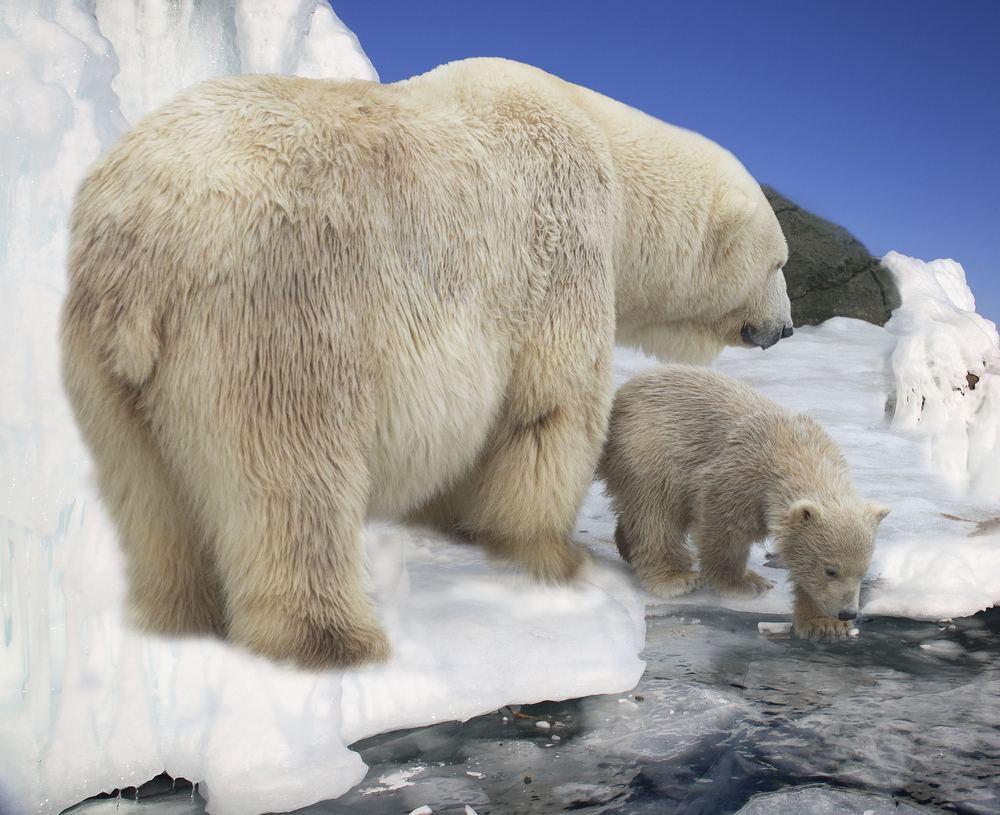

The National Science Foundation (NSF) has made a five-year, $5.9 million award to a national partnership led by the National Center for Ecological Analysis and Synthesis (NCEAS) at UC Santa Barbara to develop and curate the NSF Arctic Data Center, a new archive for Arctic scientific data as well as other related research documents.
NCEAS will partner with the National Oceanic and Atmospheric Administration’s National Centers for Environmental Information (NCEI) and the NSF-funded Data Observation Network for Earth (DataONE) on the NSF Arctic Data Center.
“NOAA has active and growing interests in the Arctic,” said Dr. Eric Kihn, director of NCEI's Center for Coasts, Oceans and Geophysics. “NCEI is pleased to leverage our existing scientific data stewardship infrastructure and expertise to support this effort to preserve and make available the Nation's extensive investments in Arctic observations and information.”
When the new archive is launched later this month, it will serve as the NSF Arctic research community’s primary repository for data preservation and data discovery.
“The NSF Arctic Data Center will provide the data storage, curation and discovery features needed to support NSF’s Arctic science community, and we will be actively engaging researchers to determine how to improve support for open, reproducible science for the Arctic,” said Matthew Jones, director of informatics research and development at NCEAS and principal investigator for the NSF award. “The NSF Arctic Data Center will be able to archive not just data, but other research products such as software, workflows and provenance information about the entire research process.”
“NSF is pleased to support NCEAS and its partner organizations in this effort to make Arctic data available to researchers across the world,” said Marc Stieglitz, NSF Arctic natural science program manager. “This is particularly important now because of the rapid pace of Arctic environmental change. This new facility will help researchers study Arctic change and inform societal decision-making”
NSF has required data management planning as part of research proposals since 2011. Jones noted, “NSF has been forward-thinking in not only providing guidance for their investigators to implement data-management planning, but also in providing a repository explicitly for preserving arctic research data that are valuable in addressing social and environmental issues. This is a welcome advance for open data and a great benefit to the Arctic research community.”
The NSF Arctic Data Center will support the community with the release of a user-friendly, data-sharing platform built on an open-source search application developed at NCEAS, and used by multiple repositories and networks, including the KNB Data Repository, DataONE and the Gulf of Alaska Data Portal.
The new NSF Arctic Data Center interface will allow users to search for data from the extensive arctic data collection using filters, such as the name of data creator, year, identifier, taxa, location and keywords, and others. The “discovery interface” will also provide a map-based overview of the spatial distribution of data sets and allow users to zoom and pan to specific locations of interest, which will be helpful in locating historical data in specific regions.
Authors will be able to upload and share their data from their desktop, contributing associated metadata and assigning a Digital Object Identifier so that their data are easily citable. The NSF Arctic Data Center team will support data-management planning and access to Arctic data publications, in addition to user-support services.
A webinar to introduce the NSF Arctic Data Center system to the Arctic research community is scheduled for April 21. Registration information may be found at the NSF Arctic Data Center website at https://arcticdata.io.
Full details about the NSF Arctic Data Center partners, leadership and steering committee may also be found on the NSF Arctic Data Center website.



